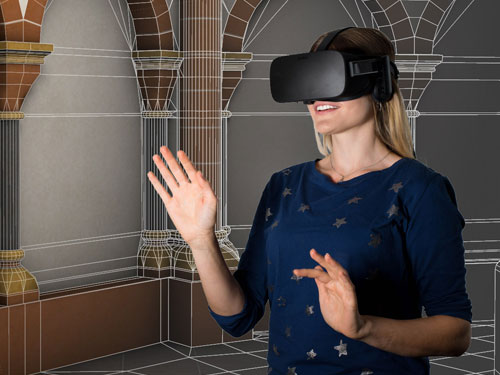
- Multimedia Services
- 3D animation
- 3D rekonstruktion
- Virtual Reality
- Augmented Reality
- Interactive applications
Do you need multimedia content on historical, architectural or archaeological topics? Based on research results, recent findings, photographs, maps or even 3D laserscan data (if available) we are able to create the following content in museum and TV-quality either in 2D or 3D:
We create historically and scientifically sound content, using the latest technologies, professionally implemented.
Didactically valuable prepared and experienceable on mobile media. We support you in the digital change with 2D and 3D contents also for smartphone and tablet.
Outdoor models, information boards or 3D-viewers will be delivered with your information - analog or digital. Reach more audience with targeted focal points.
Due to the constantly growing variety of multimedia presentation options, the presentation of your content should be subjected to an intensive preliminary analysis.
There are a variety of multimedia presentation forms available to ideally exhibit your contents.
Each form of multimedia, be they still images, films or animations, in 2D or 3D, interactive game platforms, Flash applications, internet presentations, etc., have their specific advantages and disadvantages. Working in close consultation and discussion with you, we will find the best form of presentation that suits your needs; bearing in mind acquisition costs, operating costs, and many other factors.
We look forward to hearing from you and are happy to provide assistance, if necessary even in the early phases of concept development!
Example Sacrificial Chambers Neues Museum Berlin: from 3D scan to composite temple digitally reconstructed in advance. (Client: Bundesamt für Bauwesen und Raumordnung, Berlin